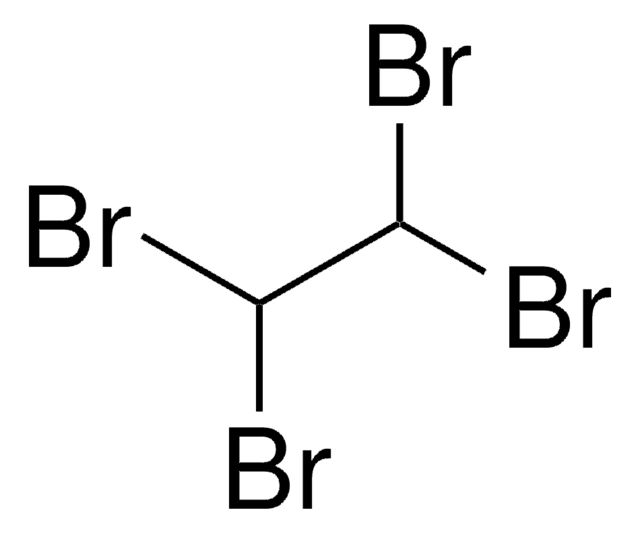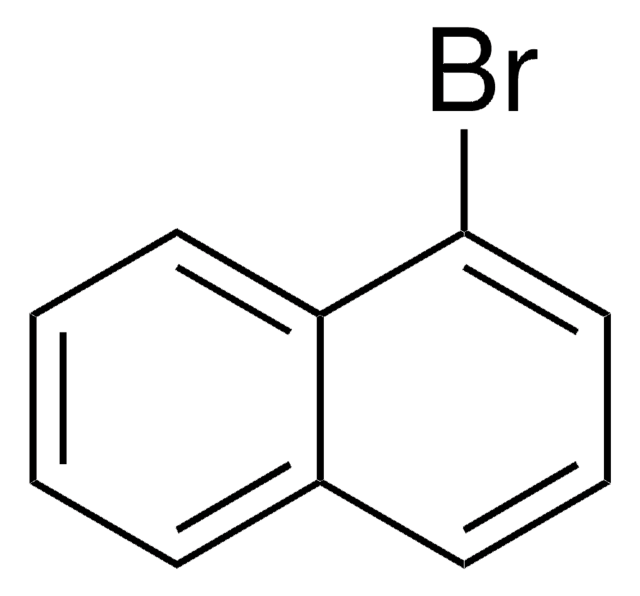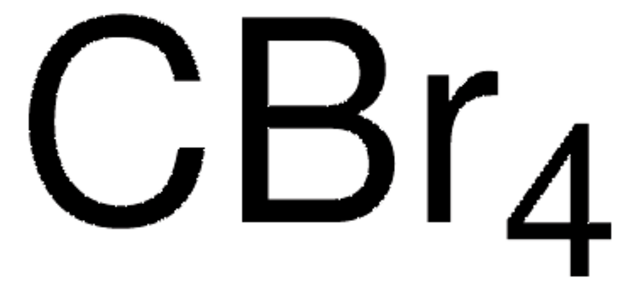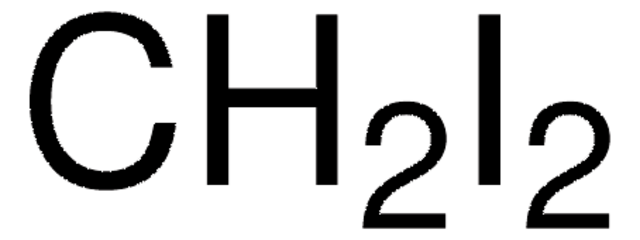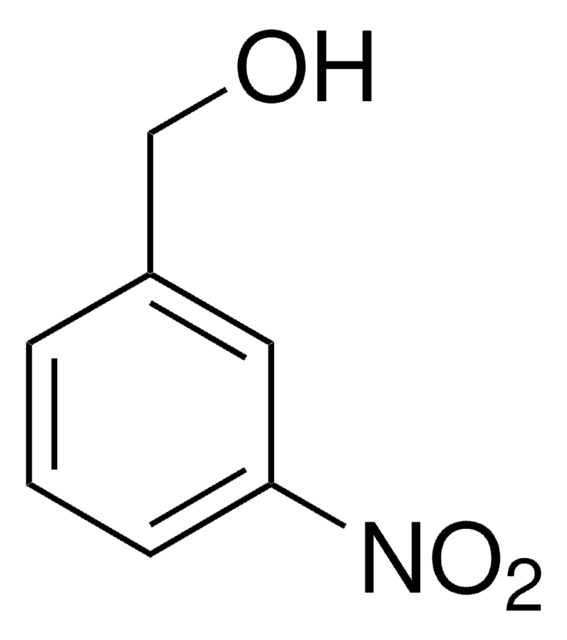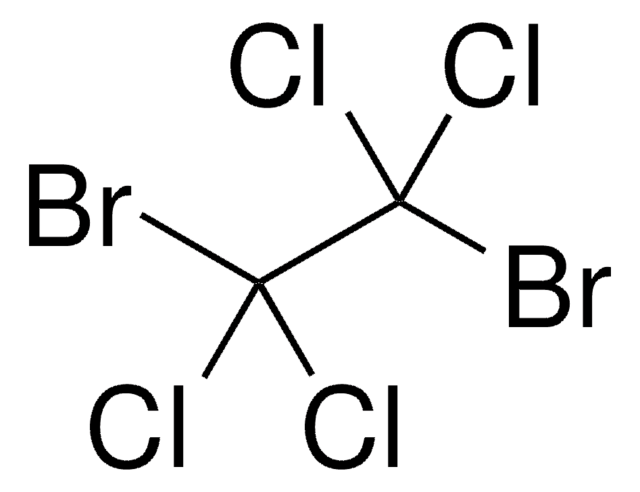185574
1,1,2,2-Tetrabromoethane
98%
Synonym(s):
Acetylene tetrabromide, Muthmanns liquid, TBE
About This Item
Recommended Products
vapor density
11.9 (vs air)
Quality Level
vapor pressure
0.1 mmHg ( 20 °C)
Assay
98%
form
liquid
autoignition temp.
635 °F
refractive index
n20/D 1.637 (lit.)
bp
119 °C/15 mmHg (lit.)
mp
−1-1 °C (lit.)
solubility
alcohol: miscible
chloroform: miscible
diethyl ether: miscible
glacial acetic acid: miscible
water: insoluble
density
2.967 g/mL at 25 °C (lit.)
SMILES string
BrC(Br)C(Br)Br
InChI
1S/C2H2Br4/c3-1(4)2(5)6/h1-2H
InChI key
QXSZNDIIPUOQMB-UHFFFAOYSA-N
Looking for similar products? Visit Product Comparison Guide
Related Categories
General description
Application
Signal Word
Danger
Hazard Statements
Precautionary Statements
Hazard Classifications
Acute Tox. 2 Inhalation - Acute Tox. 4 Oral - Aquatic Chronic 3 - Eye Irrit. 2 - Skin Irrit. 2
Storage Class Code
6.1A - Combustible acute toxic Cat. 1 and 2 / very toxic hazardous materials
WGK
WGK 2
Flash Point(F)
Not applicable
Flash Point(C)
Not applicable
Personal Protective Equipment
Regulatory Listings
Regulatory Listings are mainly provided for chemical products. Only limited information can be provided here for non-chemical products. No entry means none of the components are listed. It is the user’s obligation to ensure the safe and legal use of the product.
ISHL Indicated Name
Substances Subject to be Indicated Names
ISHL Notified Names
Substances Subject to be Notified Names
JAN Code
185574-1L:
185574-250ML:
185574-BULK:
185574-250G:4548173929545
185574-1KG:4548173929538
185574-5ML:
185574-5G:
185574-VAR:
Choose from one of the most recent versions:
Already Own This Product?
Find documentation for the products that you have recently purchased in the Document Library.
Customers Also Viewed
Our team of scientists has experience in all areas of research including Life Science, Material Science, Chemical Synthesis, Chromatography, Analytical and many others.
Contact Technical Service